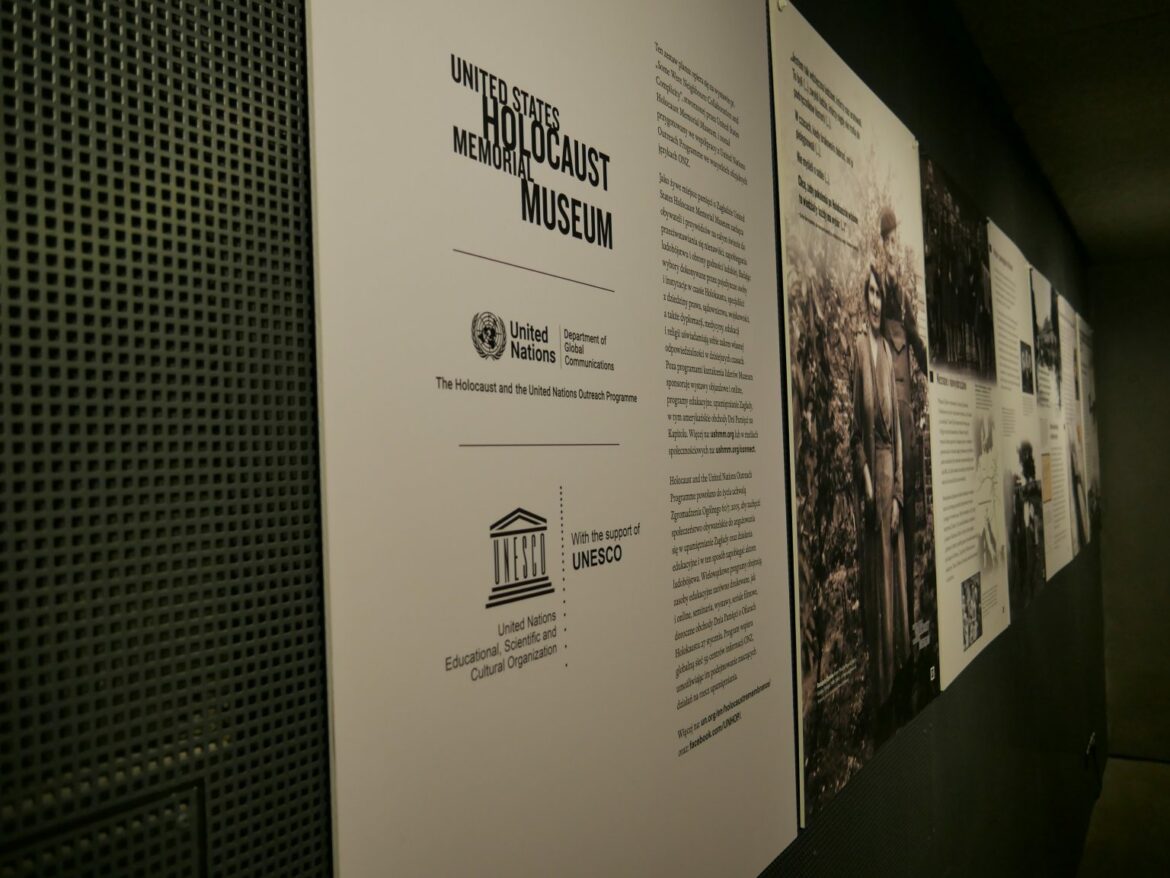Until 30 September, the Ulma Family Museum of Poles Saving Jews During World War II in Markowa has been hosting the exhibition ‘They were neighbours. Human choices and behaviours in the face of the Holocaust’, prepared by the United States Holocaust Memorial Museum (USHMM) in Washington.
The exhibition represents the American discourse on the Holocaust. It puts the accent on the attitude of average Europeans towards the extermination of European Jews. Its guiding idea is that everyone who witnessed the Holocaust had a choice, and only a small minority rushed to help. “Had it not been for this indifference, and sometimes even active help in the implementation of the Nazi plan, the Holocaust would not have been possible”, claim the authors of the exhibition.
“Part of the answer to the question of why the Holocaust was possible lies in us; in ordinary people. The Nazi leaders, like all totalitarian dictators, counted on ordinary people, on the indifference of the majority and the cooperation of the many of them. And they got it”, says United States Holocaust Memorial Museum director Sara J. Bloomfield.
“The USHMM’s narrative is something new to the Polish audience, probably something that some of them would find difficult to agree with. The American exhibition thus enters a kind of dialogue with our main exhibition, devoted to the memory of those Poles who took risks in those times to help their neighbours, becoming heroes”, points out Waldemar Rataj, director of the Ulma Family Museum of Poles Saving Jews During World War II in Markowa.
The director of the USHMM points out that the facility in Markowa is a very important museum, because in the face of mortal danger, when many were indifferent, the Ulma family dared to act and help their Jewish neighbours during the German occupation. The Ulmas paid for their extraordinary moral and physical courage with their lives.
Arkadiusz Słomczyński





